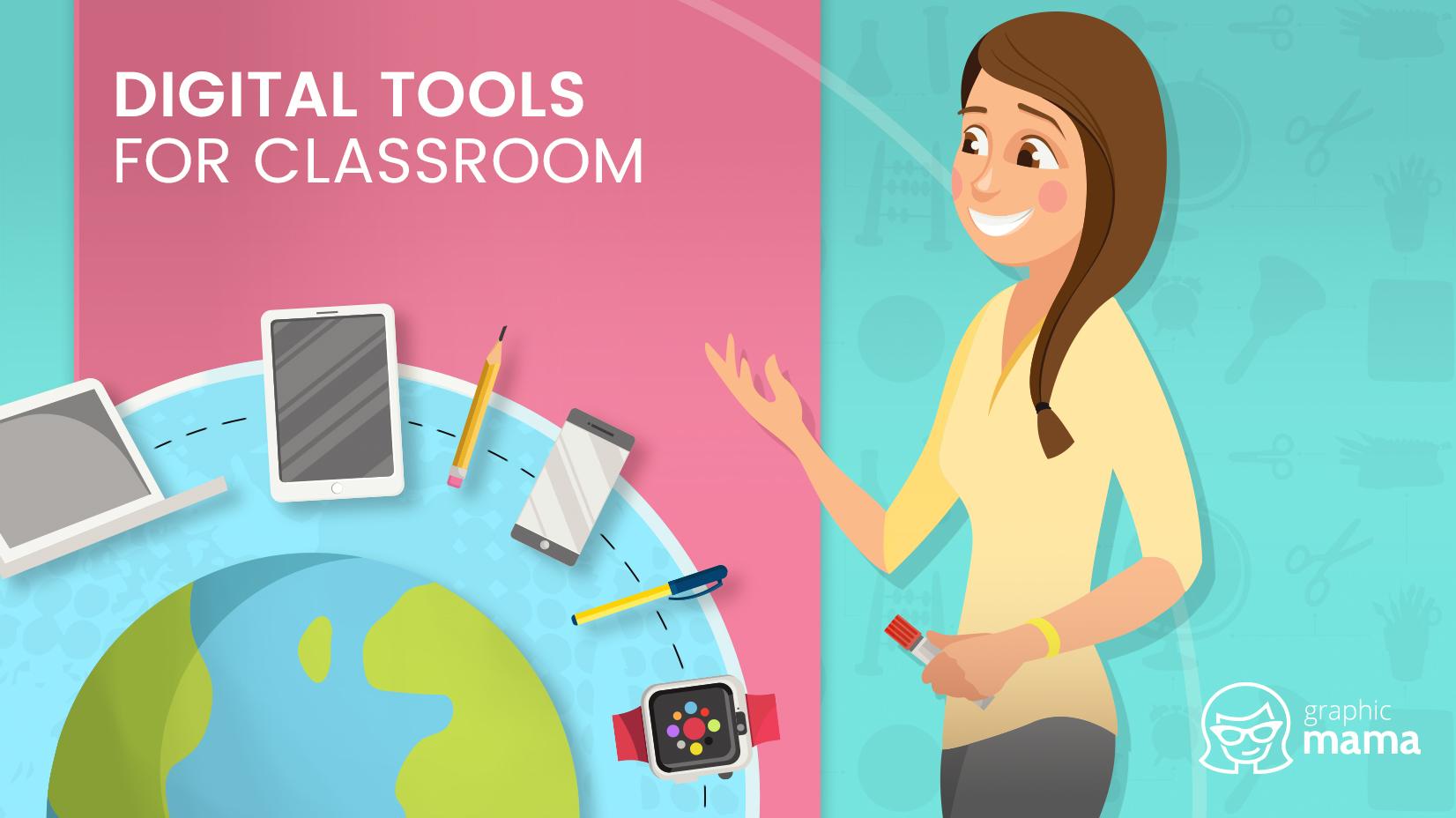In an era characterized by rapid technological advancements, the intersection of digital tools and personal development has never been more pronounced. As escalating stress levels and financial instability become widespread concerns, the potential for digital interventions in cultivating mindfulness and financial prudence is gaining considerable attention. This article delves into the efficacy of digital tools—ranging from mobile applications to artificial intelligence-driven platforms—in teaching and maintaining mindfulness practices and financial management skills. Through a critical examination of current technologies and their applications, we seek to uncover whether these digital solutions can genuinely foster sustainable behavioral changes or if they fall short of their transformative promises.
Understanding the Role of Digital Tools in Mindfulness Training
Digital tools have revolutionized the way we approach mindfulness training by offering a range of applications that are both user-friendly and effective. These tools employ various techniques such as guided meditations, real-time stress monitoring, and personalized mindfulness exercises. Here are some key features:
- Guided Meditations: Step-by-step instructions to help users meditate effectively.
- Real-Time Feedback: Uses sensors to monitor heart rate and stress levels.
- Personalized Content: Customizes exercises based on user’s progress and preferences.
- Interactive Tutorials: Engaging methods to teach mindfulness principles.
In addition to promoting mindfulness, these tools can also guide users in practicing financial prudence. By integrating budgeting features, expense tracking, and financial goal-setting, they make managing money less stressful and more structured. Consider the following functionalities:
| Feature | Benefit |
|---|---|
| Expense Tracking | Helps users monitor spending habits. |
| Budget Planning | Guides users in setting realistic financial goals. |
| Notifications | Alerts users about upcoming bills and savings milestones. |
Evaluating Financial Management Apps for Prudence Improvement
When it comes to mastering your finances, financial management apps can be invaluable tools. These apps offer features that can help you track your spending, create budgets, and even invest wisely. For those looking to enhance their financial prudence through mindfulness, many of these apps include functionalities that encourage regular financial check-ups and thoughtful spending. Consider apps that offer the following:
- Budgeting Tools: Automatically track your expenses and categorize them for easy understanding.
- Spending Alerts: Get notifications when you are nearing your budget limits.
- Investment Education: Learn the basics of investing through in-app tutorials and guides.
Not all financial apps are created equal—evaluating them based on specific criteria can be beneficial. Here is a comparison table of some popular financial apps and the mindfulness features they offer:
| App | Budgeting | Spending Alerts | Investment Education |
|---|---|---|---|
| Mint | Yes | Yes | No |
| YNAB | Yes | Yes | Yes |
| Acorns | No | Yes | Yes |
Integrating Mindfulness Practices in Financial Planning
Many digital tools today are designed to help you stay on top of your finances while also promoting a mindful approach to money management. These tools often incorporate habit trackers, budget planners, and meditation guides, offering a holistic experience that fosters both financial prudence and mental clarity. For instance:
- Budgeting Apps: Track expenses, set financial goals, and get alerts for unusual spending habits to cultivate mindfulness in spending decisions.
- Habit Trackers: Monitor your financial habits, such as daily spending or saving trends, encouraging mindful reflection on your financial behavior.
- Meditation Guides: Use guided meditations focused on reducing financial stress and improving your relationship with money.
Integrating mindfulness into financial planning isn’t just about tracking expenses; it’s also about reflecting on your financial habits and goals. Digital tools can assist in this reflection by providing insightful analytics and personalized recommendations. Here’s how these features can look:
| Feature | Benefit |
|---|---|
| Spending Analysis | Visual feedback on spending patterns |
| Goal Setting | Personalized financial milestones |
| Mindfulness Reminders | Prompts to pause and reflect before making purchases |
Creating an Action Plan for Utilizing Digital Tools Effectively
To begin, identify the digital tools that align with your goals. For mindfulness, meditation apps like Headspace or Calm can guide you through daily practices. If financial prudence is your aim, tools like Mint or YNAB (You Need A Budget) can help track your expenses and design budget plans. Research thoroughly to ensure the apps’ features fit your personal needs and preferences. Key features to look for include:
- User-friendly interface
- Customization options
- Progress tracking
- Regular updates and support
Craft a daily or weekly schedule for utilizing these tools. Consistency is crucial for seeing results. Set reminders on your phone or calendar to ensure you dedicate time to both mindfulness and financial reviews. Use built-in analytics and reports to monitor your progress regularly. Here’s a simple example schedule:
| Day | Activity | Tool |
|---|---|---|
| Monday | Morning Meditation | Headspace |
| Wednesday | Expense Review | Mint |
| Friday | Midday Mindfulness | Calm |
| Sunday | Budget Planning | YNAB |
Q&A
Q&A:
Q: What are digital tools, and how are they being used to teach mindfulness and financial prudence?
A: Digital tools encompass a wide array of applications, including mobile apps, online courses, and interactive platforms that leverage technology to educate and guide users. In the context of mindfulness, these tools often feature mindfulness exercises, meditation guides, and real-time progress tracking. For financial prudence, they may include budgeting apps, spending analyses, and investment advisory services. By presenting structured and interactive content, these tools aim to instill discipline, awareness, and informed decision-making in their users.
Q: Can you provide examples of specific digital tools used for mindfulness and financial prudence?
A: Certainly. For mindfulness, popular apps such as Headspace and Calm offer guided meditations, mindfulness exercises, and stress-relief techniques. In terms of financial prudence, apps like Mint and YNAB (You Need A Budget) help users track their spending, set financial goals, and manage their budgets. Additionally, robo-advisors like Betterment provide automated investment advice tailored to individual financial situations.
Q: What evidence exists to support the efficacy of these digital tools in teaching mindfulness and financial prudence?
A: Research on the efficacy of digital tools for mindfulness often highlights improvements in stress management, concentration, and overall mental well-being among users. Studies indicate that consistent use of mindfulness apps can result in measurable decreases in anxiety and increases in positive mood states. For financial prudence, data suggests that users of budgeting apps often report higher savings rates and better financial control. Academic research and user testimonials contribute to a growing body of evidence supporting the benefits of these tools.
Q: What are the key features of effective digital tools for mindfulness and financial prudence?
A: Effective digital tools for mindfulness typically include user-friendly interfaces, personalized progress trackers, and a variety of meditation techniques. They should also provide reminders and motivational content to encourage regular practice. For financial prudence, key features include robust data security, real-time transaction tracking, goal-setting functionality, and educational resources that explain financial concepts clearly. The ability to tailor recommendations to individual needs is fundamental in both domains.
Q: Are there any limitations or challenges associated with using digital tools for mindfulness and financial prudence?
A: One significant limitation is dependence on user engagement; the benefits of these tools are contingent on consistent use, which can be challenging for some individuals. Moreover, privacy concerns arise, particularly with financial tools that require sensitive personal information. Users must also navigate the sheer volume of available apps and platforms, which can be overwhelming and may lead to analysis paralysis. Furthermore, digital tools may not fully replicate the depth of personalized, face-to-face interactions one might have with a financial advisor or mindfulness coach.
Q: How do digital tools for mindfulness and financial prudence address individual needs and preferences?
A: Many digital tools employ algorithms and machine learning to tailor their content and recommendations based on user behavior and preferences. For example, mindfulness apps might adjust the length and type of meditation sessions based on what users find most beneficial. Financial tools can analyze spending patterns and suggest personalized budgets and investment strategies. Customization options, such as setting personal goals and selecting preferred interfaces, help cater to individual needs and enhance user experience.
Q: What future developments can be anticipated in the realm of digital tools for mindfulness and financial prudence?
A: The future of digital tools in these domains is likely to see advancements in artificial intelligence and machine learning, leading to even more personalized and adaptive user experiences. Integration with wearable technology could provide more accurate and real-time data for mindfulness practices, while enhanced financial analytics might offer deeper insights into spending and saving behaviors. Additionally, increased emphasis on user privacy and security will be paramount as these tools continue to evolve and expand their reach.
Q: what is the overall potential of digital tools in teaching mindfulness and financial prudence?
A: Digital tools hold significant potential for teaching mindfulness and financial prudence, especially given their accessibility, scalability, and ability to provide personalized guidance. While they are not a panacea and do come with certain limitations and challenges, their capacity to enhance self-awareness, discipline, and informed decision-making makes them valuable resources in the pursuit of mental wellness and financial stability. As technology continues to advance, these tools are poised to play an increasingly influential role in personal development and financial education.
Wrapping Up
the convergence of digital tools and mindful financial management represents a promising frontier. While the efficacy of such tools in instilling mindfulness and financial prudence is still under rigorous evaluation, initial data suggests potential benefits. These technologies, by leveraging algorithms and user-centric design, can foster enhanced self-awareness and better financial habits. However, further longitudinal studies are necessary to ascertain their long-term impact and to refine these tools for broader, more inclusive use. As the landscape of personal finance continues to evolve, the integration of mindfulness practices through digital platforms may well become a cornerstone of contemporary financial literacy. Future research and development will be crucial in transforming these digital aids from innovative concepts into indispensable resources for global financial well-being.


